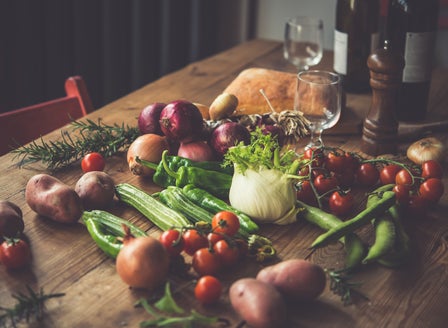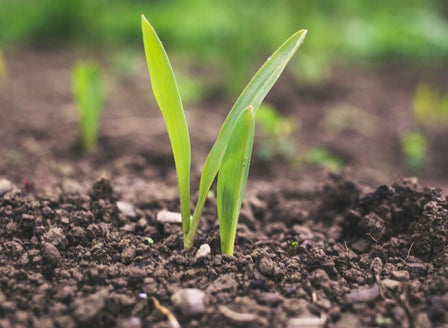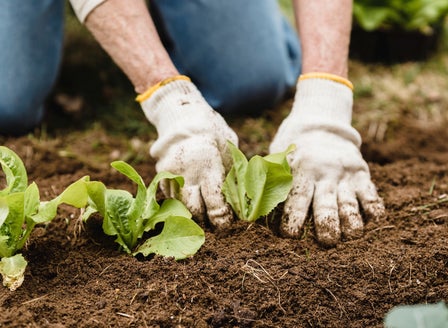Cabbage is a versatile old favourite cold season crop. There are a number of varieties, which add flavour and texture to salads and stir fries. Great when eaten raw, where would the humble coleslaw be without cabbage.
Planting Calendar
Cabbage prefer a cool season to grow in, although the varieties like Sugar Loaf and Red Drumhead are tolerant of a warmer climate.
Harvest In
60-100 days depending on variety.
To harvest your cabbage use a sharp knife to cut the cabbage off at the base. Cabbage will last for weeks in the vegetable chiller when wrapped well in cling film.
Prepare
Position
Choose a spot in full sun, with well drained soil rich in organic matter. The smaller growing varieties can also be grown in containers.
Soil
When planted into the ground Cabbage likes a free draining soil that is rich in organic matter. To improve the organic content in your soil, break up the soil and add Kings Compost, Kings Sheep Pellets and Grosafe Ocean Fert then mix together well. When growing in containers, plant into Kings Container mix or for an organic option use Living Earth Organic Vegetable Mix
Plant
Cabbage can be sown directly into the garden, raised beds or large containers that are at least 40cm deep. Gently remove the seedling from the pot and plant into the prepared soil. Space plants 50cm apart so they have plenty of space to grow. Take care when transplanting so that the young soft roots are not damaged. Gently firm the soil down after planting and water in well with Aquaticus Garden Booster, this will help the seedlings settle in. You can also sow the seed into a seed tray with Organic Seed raising mix and transplant out once they have formed their second set of leaves.
Care
Watering
Aim to keep the soil evenly moist, water slowly allowing the water to sink down into the roots, rather than allowing it to run off the top of the soil surface. Add Saturaid into the soil at planting as this will help channel the water deep down into the root zone. If planted into a pot, make sure that it has drainage holes and does not sit in any water.
Feeding
When planted in the ground liquid feed every month with Aquaticus Garden Booster, this encourages root growth and increases the microbial activity in the soil. Monthly applications of Kings Sheep Pellets will help with soil conditioning and plant health. If planted into a container feed with Kings Liquid Fast Food along with monthly applications of Aquaticus Organic Garden Booster this encourages strong roots and a healthy immune system.
Protecting
Protect young seedlings from Slugs and Snails with Quash, be sure to re-apply after rain.
Spraying
Should Whitefly or White Butterfly Caterpillar be an issue spray with Nature's Way Organic Citrus, Veggie & Ornamental Spray. Remember prevention is often better than cure.
Pruning
Remove any leaves that are yellow or damaged.
General Care
When using sprays, chemicals or fertilisers always read the label and follow the instructions. Apply sprays in the evening to avoid harming beneficial insects.
Beginner Tip
Companion plant with Hyssop to help deter white butterflies.
Expert Tip
Consistency with water and fertiliser will ensure tight fat heads on your cabbage.
Frequently Asked Questions
How often should I water cabbage plants?
Aim to keep the soil evenly moist, water slowly allowing the water to sink down into the roots, rather than allowing it to run off the top of the soil surface. Add Saturaid into the soil at planting as this will help channel the water deep down into the root zone. If planted into a pot, make sure that it has drainage holes and does not sit in any water.
When is the best time to plant cabbage?
Plant cabbage in early spring or late summer for the best results, avoiding the peak of summer heat.
How can I prevent pests from attacking my cabbage plants?
Use row covers to protect young plants and employ organic pesticides or natural predators like ladybugs to control pests.
How do I know when my cabbage is ready to harvest?
To harvest your cabbage use a sharp knife to cut the cabbage off at the base. Cabbage will last for weeks in the vegetable chiller when wrapped well in cling film.
What type of soil is best for growing cabbage?
When planted into the ground Cabbage likes a free draining soil that is rich in organic matter. To improve the organic content in your soil, break up the soil and add Kings Compost, Kings Sheep Pellets and Grosafe Ocean Fert then mix together well. When growing in containers, plant into Kings Container mix or for an organic option use Living Earth Organic Vegetable Mix


